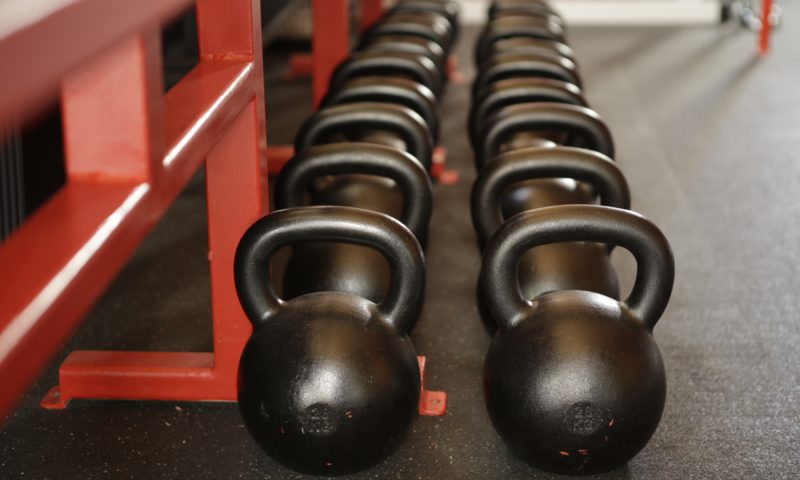
Disclaimer: To develop an exercise program that best suits your needs, please consult with your physician. It is important to talk with your doctor prior to starting an exercise program.
Resistance training is a powerful form of exercise. It will not only help you stay healthy and physically strong, but it can aid in weight management that lasts a lifetime.
Why is Resistance Training Important?
When many people set out to manage their weight, they start with diet restriction and cardio exercise such as walking, biking and swimming to increase heart rate. These two pillars of health are important, but they’re missing a key component.
Resistance training is an important part of the equation because it stimulates communication to the central nervous system, signaling the body to maintain muscle mass. In turn, lean muscle mass produces the following health benefits:
- Improves our metabolism
- Increases balance and coordination
- Improves communication throughout the nervous system
- Reduces stress and depression
- Strengthens muscles and bone
- Promotes skin elasticity
- Fights off weakness and fatigue
- And so much more!
Together, all of these benefits help us manage our weight and overall health. Better yet, when we incorporate resistance training into our regular fitness routine, we reduce our risk for chronic diseases such as diabetes, stroke, heart disease and more.
How to Get Started with Resistance Training
This may be the tough part for many people – starting out. It takes at least 30 days of behavior repetition to alter our habits and lifestyle. In order to do this, you must first look at your mindset:
- Are you starting your journey with optimism and hope?
- Are you starting with the idea that you will succeed?
From here, it’s important to visualize your success and imagine yourself transitioning from simple weight-loss to lifelong fitness. This type of exercise isn’t about just building muscle and losing weight. It’s about strengthening your general body to give you health which lasts forever. Here really are a couple other tips to bear in mind as you develop a workout routine using resistance training:
- Target Large Muscles First – Including the chest, back, quadriceps, hamstrings and shoulders
- Practice Safety – Faster isn't better, and neither is more weight than you are able to handle
- Use Full Range – Don’t allow for small, jerky movements. Use your full range of motion
- Breathe – Exhale as you tighten your muscles and inhale whenever you relax them
- Make Time for Rest – Rest for 36 to Two days before working the same muscle groups
- Choose Diversity – Combine different exercises that actually work different muscle groups
Want More Information about Strength training?
Discover more about what resistance training is, what it does for the body and just how you can incorporate it to your exercise routine by visiting the Full Article from Your Weight Matters Magazine.



